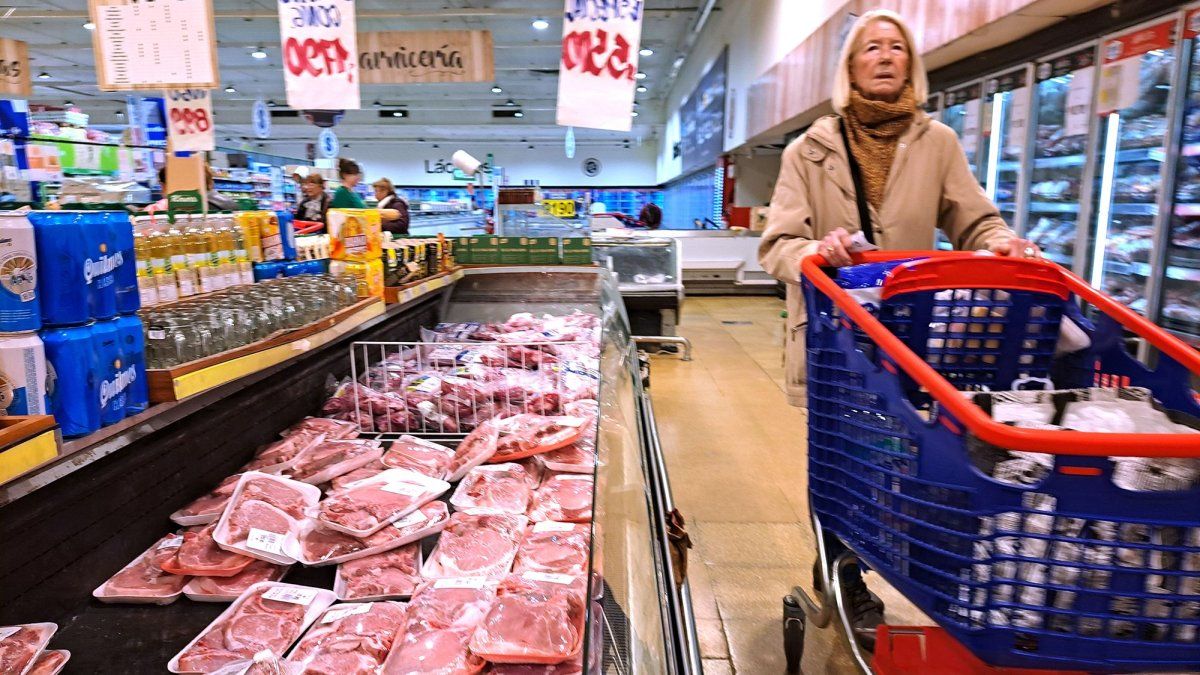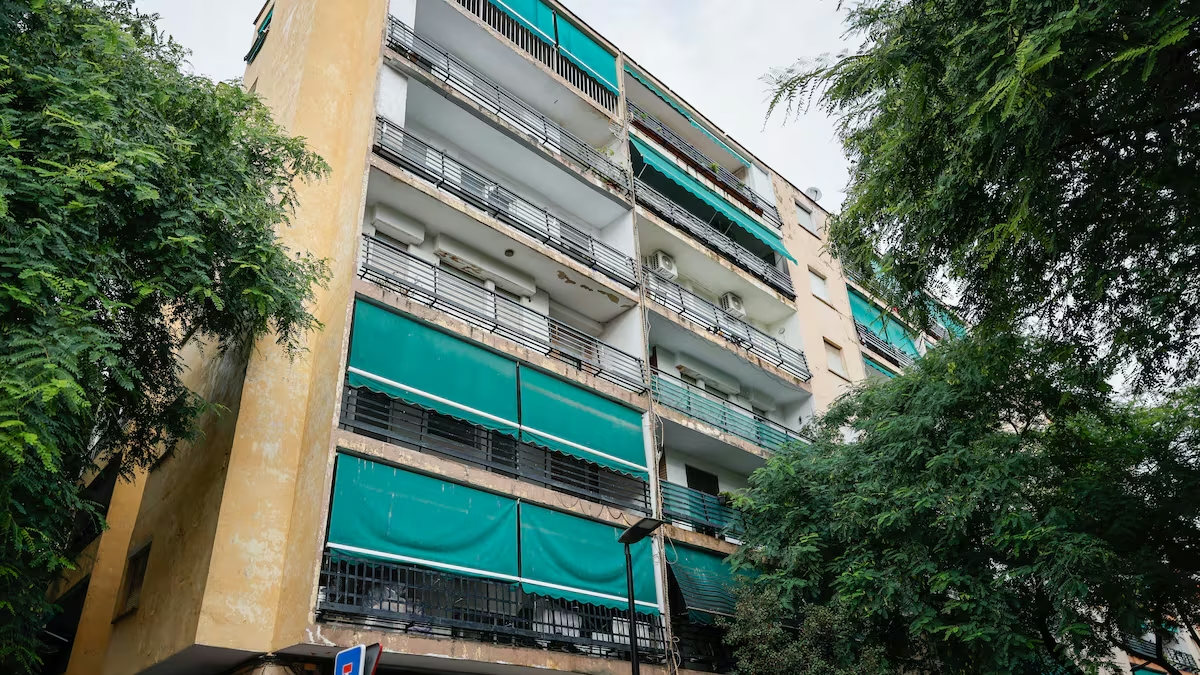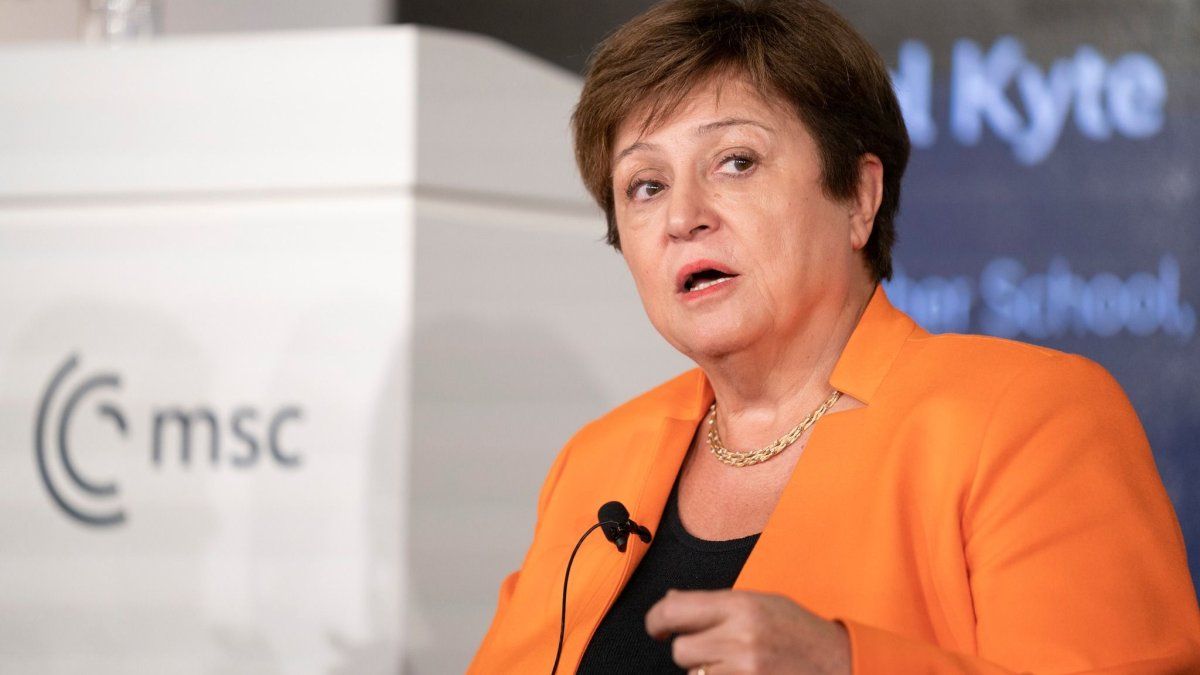In September, mass consumption showed another sign of weakness and that it does not accompany the positive indicators regarding credit and some productive sectors. Sales in supermarkets recorded their worst record in five monthswhile wholesale self-service stores could not sustain the improvement they had experienced in August.
According to INDEC data, in the ninth month of the year, supermarkets sold $1.59 billion, which implied a year-on-year contraction of 12.8% and a 0.4% decline compared to the previous month. In this way, the agency’s seasonally adjusted series showed that it was the month with the least activity since April.
After the collapse in December, as a result of the devaluation and the escalation of inflation, consumption shows no signs of recovery. Not only is it far from recovering the level of November, prior to the assumption of Javier Milei as president, but also it is 1% below the December level and just 0.6% above the January level.
Consumption by means of payment, sales channels and products
Regarding the payment methods, they were verified again real annual increases in transactions made with credit cards and with “other means of payment”which includes vouchers, coupon boxes, basket ticket, gift card, QR code, among others. Between them they explained 66% of the total, when a year ago they explained less than 43%.. On the other hand, there was a sharp decline in the use of cash and debit cards.
Regarding the sales channelsthose carried out online increased 205.8% year-on-year, roughly in line with the inflation of the period (209% the general CPI and 201% the food inflation). Meanwhile, there was a real drop in face-to-face transactions, although they continued to represent more than 95% of the total invoiced.
At the product level, a significant real year-on-year increase was only verified in cleaning and perfumery items. At the far end, the largest declines were seen in electronics and household goods, clothing, footwear and textiles, and beverages.
The bearish dynamic was replicated in wholesalers and shopping malls
For its part, Sales in wholesale self-service stores fell 0.8% monthlywhich is why they quickly interrupted the rebound that seemed to have started in the previous month with an increase of 1.8%. In this case, the series data was lower than that of August but higher than that of April, May, June and July.
Compared to September 2023, the collapse accelerated to 21.7%, a record for the Milei era. Here only credit card operations really grew, while they fell with all other means of payment.
Unlike what happened in supermarkets, clothing sales increased in wholesalers. Those that fell the most were dairy, beverages and warehouse products.
Lastly, INDEC also reported that Sales in shioppings fell 1.3% in real terms in year-on-year termsdue to a drop in Greater Buenos Aires (GBA) since in the rest of the country there was a slight increase. In the GBA, declines were seen in all areas, highlighting strong declines in furniture, decoration and home textiles, entertainment and recreation, and bookstores and stationery.
Source: Ambito
David William is a talented author who has made a name for himself in the world of writing. He is a professional author who writes on a wide range of topics, from general interest to opinion news. David is currently working as a writer at 24 hours worlds where he brings his unique perspective and in-depth research to his articles, making them both informative and engaging.




